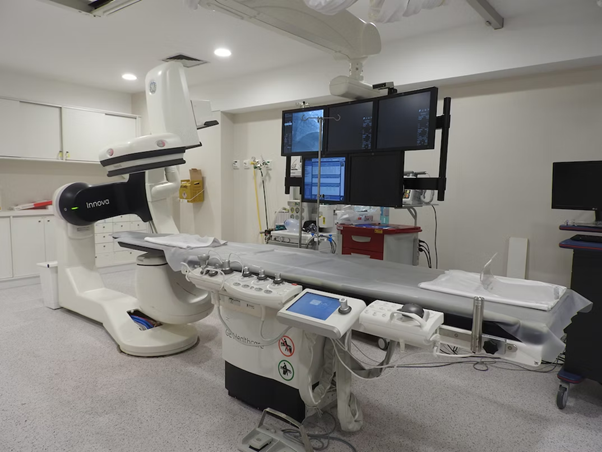Ensuring compliance with hospital hygiene guidelines and regulations is critical in preventing hospital-acquired infections and keeping patients safe. Hospitals have made significant strides in implementing infection control protocols, but compliance can be a challenge. One technology that can help hospitals stay compliant with hygiene guidelines is compression molding.
What is Compression Molding and How Does it Work?
Compression molding is a manufacturing process used to produce complex and precise industrial parts and medical components. The process involves compressing a preheated material in a mold cavity until it takes on the desired shape. Compression molding is used in several industries ranging from aerospace to automotive to healthcare. In healthcare, it is used to produce medical components that meet stringent regulations and hygiene standards.
The Importance of Compliance with Hygiene Guidelines and Regulations
Ensuring compliance with hygiene guidelines and regulations is essential in preventing hospital-acquired infections and protecting patients. Healthcare facilities must comply with guidelines and regulations such as CDC’s Standard Precautions, OSHA’s Bloodborne Pathogen Standard, and guidelines published by Joint Commission and other accrediting bodies. Noncompliance with these regulations can result in citations, fines, and lawsuits.
How Compression Molding Can Help Hospitals Stay Compliant
Compression molding is a versatile technology that can help healthcare facilities comply with hygiene guidelines and regulations in several ways.
1. Produces Single-Piece Medical Components
Compression molding produces single-piece medical components that meet hygiene standards. Single-piece components reduce the number of touchpoints, preventing cross-contamination. Medical components produced using compression molding technology are easier to clean and disinfect, reducing the risk of infections.
2. Improves Precision and Quality
Compression molding technology produces medical components with high precision and quality, ensuring compliance with hygiene regulations and preventing rework and waste. The technology can produce intricate designs with tight tolerances, ensuring a perfect fit for medical devices. The precision and quality of medical components ensure that infections are prevented by eliminating the potential for contamination.
3. Enables Productivity
Compression molding technology can produce multiple components simultaneously, reducing the need for manual labor and increasing productivity while minimizing the risk of contamination. With the increased rate of production, hospitals can schedule less downtime for cleaning, reducing the risk of hospital-acquired infections.
4. Optimizes Cost Savings
Compression molding can reduce a healthcare facility’s operating costs by minimizing waste, reducing the need for rework and manual labor, and increasing productivity. This efficiency results in significant cost savings, enabling hospitals to purchase additional essential equipment while maintaining regulatory compliance.
5. High Level of Automation
Compression molding is highly automated, ensuring that the quality of the components produced is consistent and in compliance with the required standards. The absence of variability in production makes it easier for the healthcare facilities to meet hygiene guidelines and regulations that require precision and quality. The automation also reduces the likelihood of human-caused errors, increasing productivity while reducing the possibility of contamination.
Conclusion
In conclusion, compliance with hygiene guidelines and regulations is essential for healthcare facilities, and compression molding is a technology that can help hospitals meet these standards. Through its ability to produce high-quality medical components with precision and automation, compression molding can help healthcare facilities meet hygiene guidelines and regulations while optimizing productivity and minimizing waste. As such, healthcare facilities should consider compression molding technology to ensure compliance with hygiene guidelines and regulations.





Be First to Comment